BATH — Jane Robinson first learned of the healing properties of seaweed after she had several scares with skin cancer. Robinson’s dermatologist told her that of the hundreds of patients he saw, she healed quicker than any. And he wanted to know why.
Robinson told a group at a seaweed seminar Thursday she believes it’s because she’s a gardener who uses seaweed. She digs deep trenches into her garden to allow the micronutrients from seaweed to seep into the soil. The Harpswell resident believes she benefits from the vegetables that grow in soil fertilized with seaweed.
“I don’t put it on the surface. I fill in the trenches with seaweed and cow manure,” she said. “My doctor has started gardening with it.”
Jerry Donovan, 75, recalls eating seaweed as a child in Houlton. His parents would buy dried seaweed for 5 cents to offer him something nutritious – a practice that seems lost today, he lamented.
“Well, seaweed is not so much like candy. How can it compete with Nerds?” Kiya Smith replied to Donovan.
The Kennebec Estuary Land Trust’s seaweed seminar – part of the group’s Summer Exploration Series – provided information about the 250 kinds of seaweed in Maine. Smith and fellow Maine master naturalist Davida Sky taught the proper way to harvest seaweed – leaving behind the part that will reproduce – and its medicinal benefits. Not to mention how good it tastes.
“There are whole cookbooks full of recipes for soups and salads with seaweed,” Smith said.
Donovan said he started eating seaweed in Aroostook County 70 years ago when his parents bought it in New Brunswick.
“We preferred candy as kids, but our parents wouldn’t get us that. They told us seaweed was good for us because it had iodine. Our parents were from New Brunswick, so it was the Canadian influence,” Donovan said.
Roland Simard of West Bath has eaten seaweed for five years. He believes the iodine in seaweed provides nutrients needed to fight off disease.
“I eat kelp every day, so I get a good amount of iodine. In the event of a nuclear disaster I’m prepared,” Simard said. “I don’t harvest it. I buy it.”
Smith, the instructor and a long-time seaweed consumer, said seaweed as a nutritional supplement – or even a dietary option – has been a part of Asian and European cultures for ages.
“In the British Isles they learned long ago the gelatin-like quality of seaweed. It makes good pudding,” Smith said.
But as a living organism in the ocean, it is susceptible to pollution and environmental threats, Smith warned.
“Japan used to harvest a lot of seaweed, but now it buys seaweed from Maine, since Fukushima has polluted their seaweed beds,” Smith said, alluding to the aftermath of the 2011 nuclear power-plant disaster.
Smith prefers alaria seaweed, found between low tide and the deepwater mark; dulse seaweed, found in the low-tide area; and kelp, the big sheets found all over the Maine coast. Among her favorite recipes is lasagna made with alaria seaweed.
She began eating seaweed 20 years ago when she was living on the West Coast. But then she moved across the country and found mostly rockweed seaweed on the Maine coast, which she didn’t like as well.
Recently she found a commercial seaweed harvester Down East who collected different kinds of seaweed in the Gulf of Maine from far out in the ocean, and she has been again using it in healthy dishes.
Smith said seaweed is believed to help reduce cholesterol, and seaweed known as “sea lettuce” is good for burns. The seaweed called Irish moss is believed to help heal stomach ulcers, she said.
“A lot of seaweed has a lot of the vitamin B12, which normally you can only get in animal protein,” Smith said.
But, she added, all the uses, medicinal aids and healing powers of seaweed may yet be unknown.
“A couple of years ago I brought my dog to the vet because my dog had some tooth problems,” Smith said. “The vet offered some medicine to help with some bacteria in my dog’s mouth for some outlandish price. I bought a little of this expensive magic medicine. Then I saw it had an ingredient that comes from seaweed. I have not gone back to buying that oral hygienic medicine. I chop up seaweed and put it in my dog’s food. He’s doing fine.”
Send questions/comments to the editors.


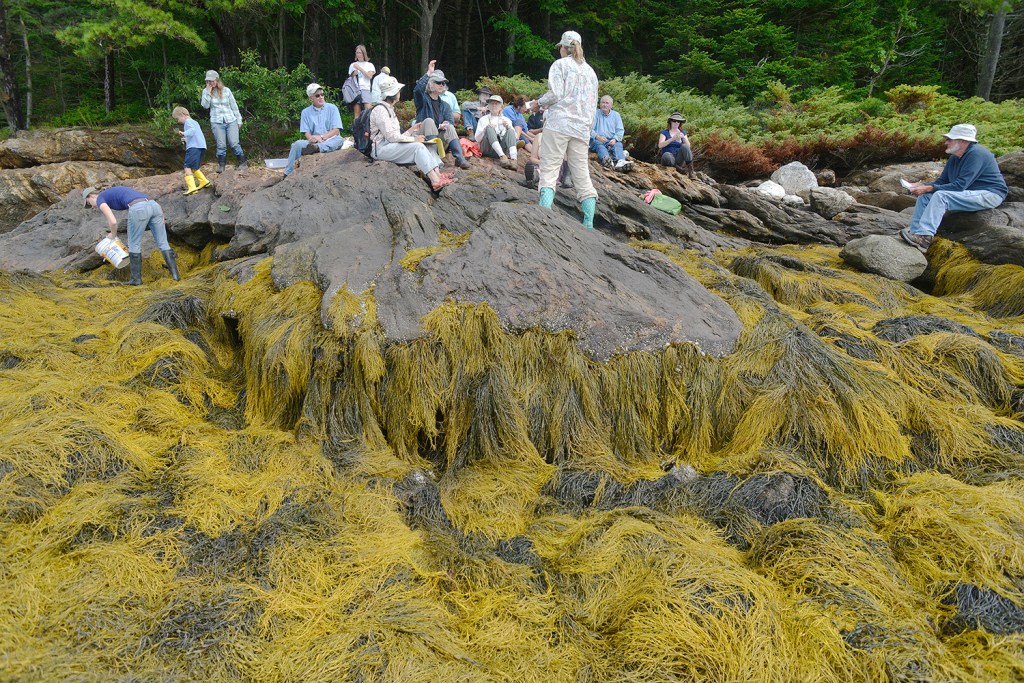
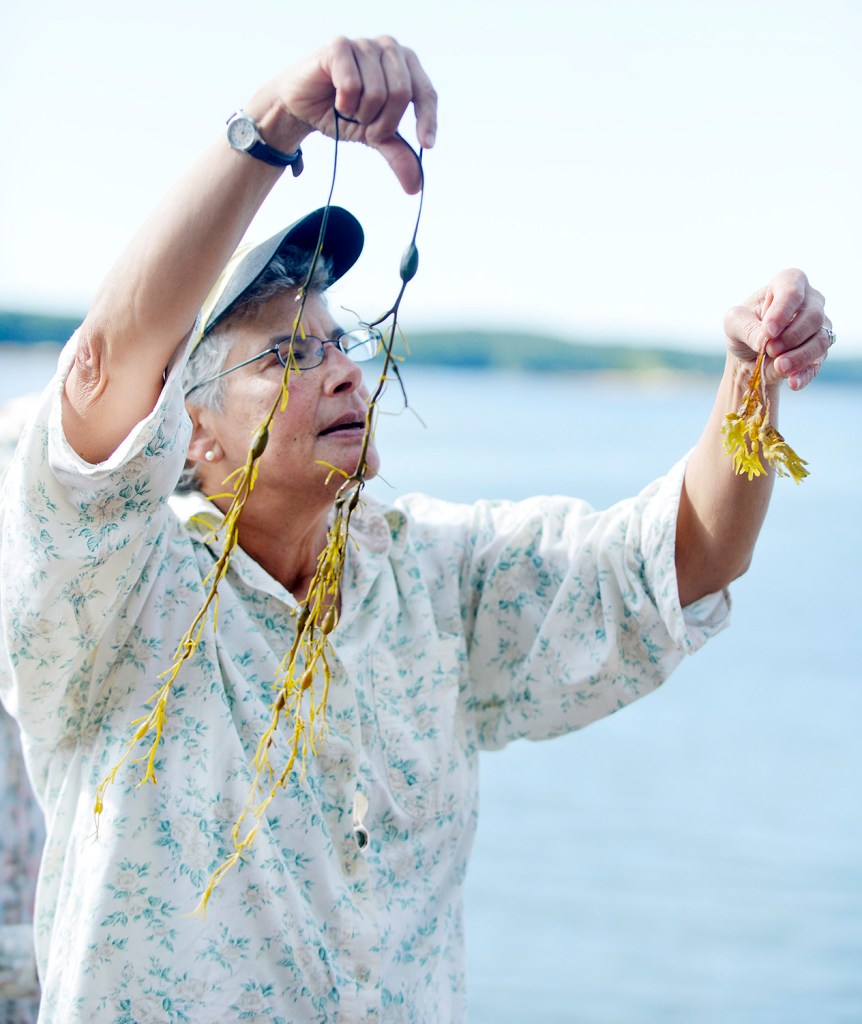
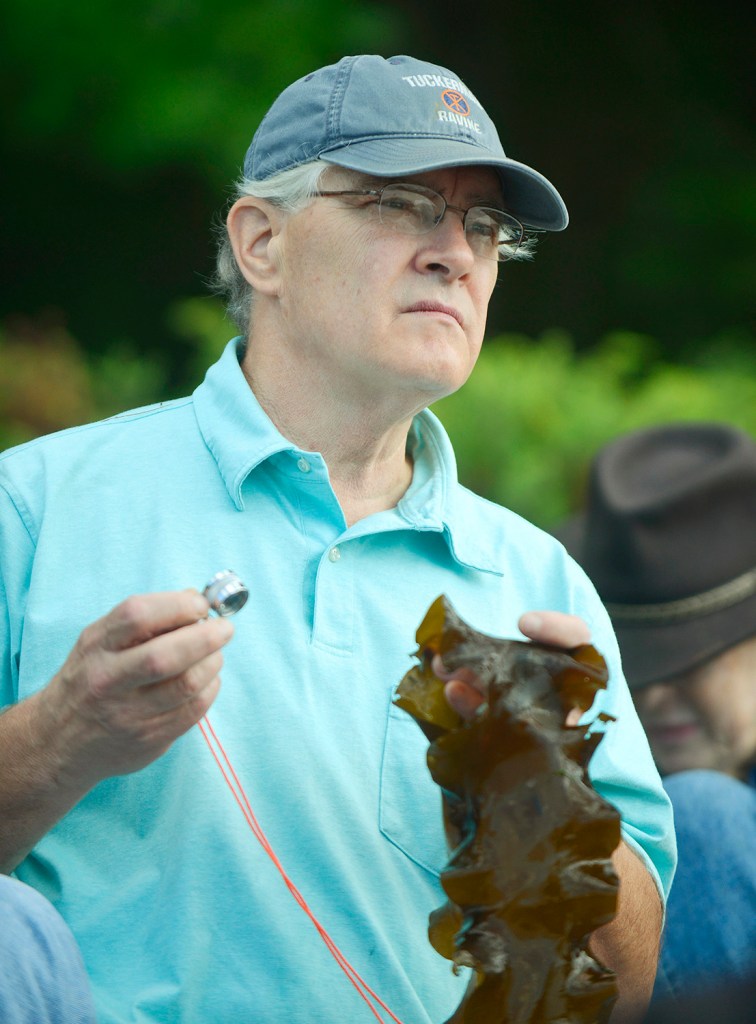
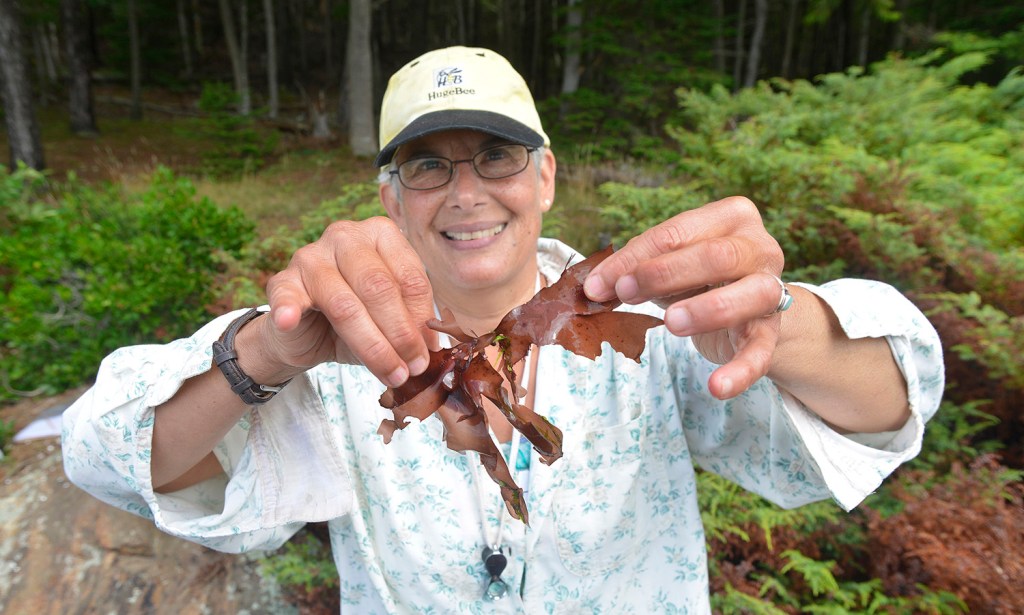
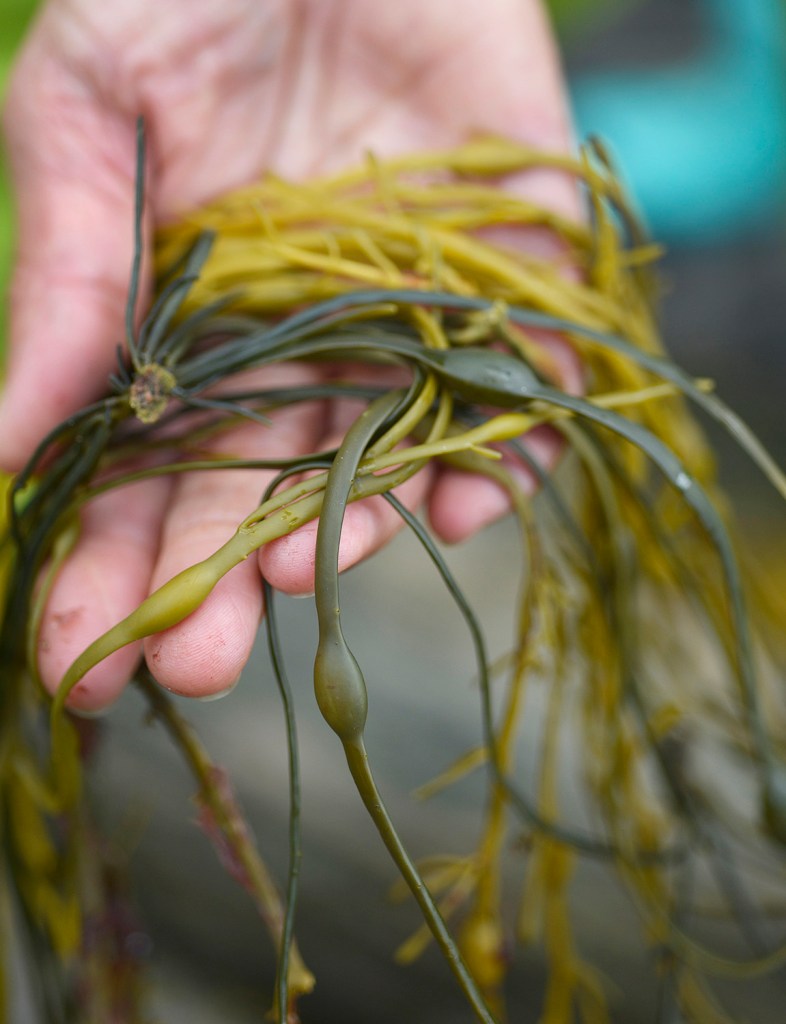

Success. Please wait for the page to reload. If the page does not reload within 5 seconds, please refresh the page.
Enter your email and password to access comments.
Hi, to comment on stories you must . This profile is in addition to your subscription and website login.
Already have a commenting profile? .
Invalid username/password.
Please check your email to confirm and complete your registration.
Only subscribers are eligible to post comments. Please subscribe or login first for digital access. Here’s why.
Use the form below to reset your password. When you've submitted your account email, we will send an email with a reset code.